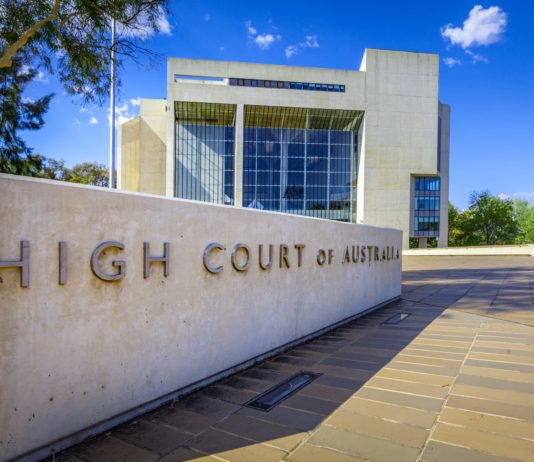Cancellation under s 501(3A) on the day of release?
Federal Court. In circumstances where the applicant gave evidence that, at the time he received notice of a decision to cancel his visa under s 501(3A) of the Migration Act 1958 (Cth), he had been processed and released from prison, and waiting in a cell, does the onus of proof shift to the Minister to establish the fact that the applicant was serving a sentence of full time imprisonment when the cancellation decision was made? If the cancellation occurred on the day of the applicant's release, was s 501(3A)(b) necessarily not met?
Clause 790.227 available if PIC 4001 met and reliance on s 501 disavowed?
High Court. Was the political question posed by cl 790.227 of Schedule 2 to the Migration Regulations 1994 (Cth) (whether the grant of a protection visa was in the national interest) answered by the decision-maker in a manner inconsistent with PIC 4001 and s 501 of the Migration Act 1958 (Cth), as the Minister found PIC 4001 to be satisfied and disavowed reliance on s 501, thus rendering the visa refusal invalid?
Is r 2.55(3) invalid?
Federal Court (Full Court). Is r 2.55(3) of the Migration Regulations 1994 (Cth) inconsistent with s 494A(1) of the Migration Act 1958 (Cth) and therefore invalid? For the purpose of r 2.55(3)(c), could a prison’s post office box address also be the post office box address of one of its inmates, in the absence of evidence that the involuntary nature of detention impacted on the ability of inmates to receive mail sent to the address of the prison?
Section 347(1)(c): no fee required while fee reduction request is pending?
Federal Court. Should s 347(1)(c) of the Migration Act 1958 (Cth) "be construed in such a way that where a fee reduction request is pending, there is no prescribed fee which must accompany the review application, which, in turn, must be made within the prescribed period"?
Jones v Dunkel applicable to time extension under s 477A(2)?
Federal Court. Should the Court draw a Jones v Dunkel inference that the Applicant would not have been able to provide any further explanation as to the required extension of time within which to apply for judicial review that would assist him, despite the Applicant’s self-representation at the time he applied for an extension of time?
AAT acting under dictation by accepting previous AAT’s reasons?
Federal Court. Could the Tribunal act under dictation by the decision of a previous Tribunal or give automatic effect to it? Is it open to a subsequent Tribunal to agree with a proposition of law from a previous Tribunal, but only if the proposition itself was correct?
Section 36(1C)(b): “danger to the Australian community”
Federal Court (Full Court). Do the words “a danger” in s 36(1C) of the Migration Act 1958 (Cth) refer to more than trivial harm? Can the expression “the Australian community” used in s 36(1C)(b) refer to a danger to an individual within that community? Is the word 'danger' in s 36(1C)(b) a function of probability and consequence?
Child’s best interests to be considered in the case of lengthy detention?
Federal Court. In the context of a decision under s 501CA(4) of the Migration Act 1958 (Cth), was there an obligation on the Tribunal arising from Direction 90 to "consider the likely effect on minor children in Australia if the applicant were to remain in immigration detention for a lengthy period of time"?
Is prohibition of homemade food in detention centre unlawful?
Federal Court (Full Court). Does s 273(1) of the Migration Act 1958 (Cth) authorise the Commonwealth to refuse entry if a visitor insists on...
NBMZ limited to particular types of legal consequences?
Federal Court. Can it be said that indefinite detention may need to be considered as a legal consequence of a non-revocation decision under s 501CA(4) of the Migration Act 1958 (Cth) even where Australia’s non-refoulement obligations are not enlivened? Is the finding in NBMZ that decision-makers should consider the legal consequences of a decision limited to the consequence of indefinite detention arising from non-refoulement obligations?



















